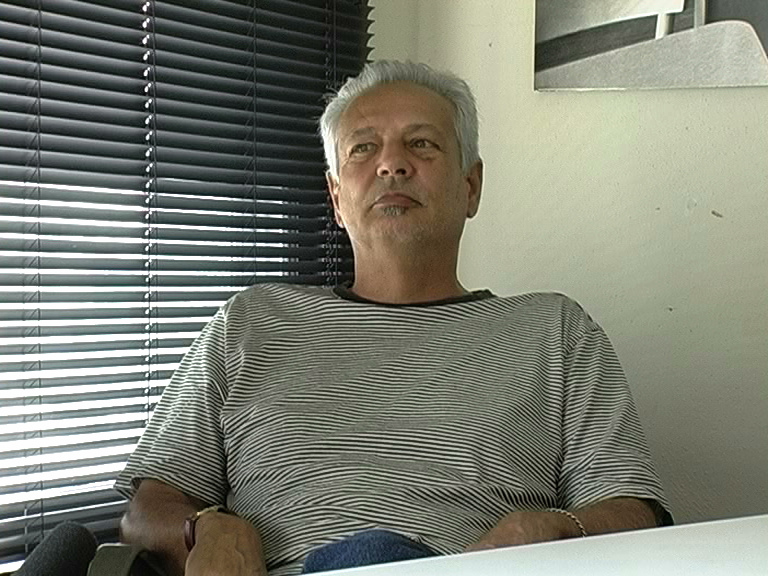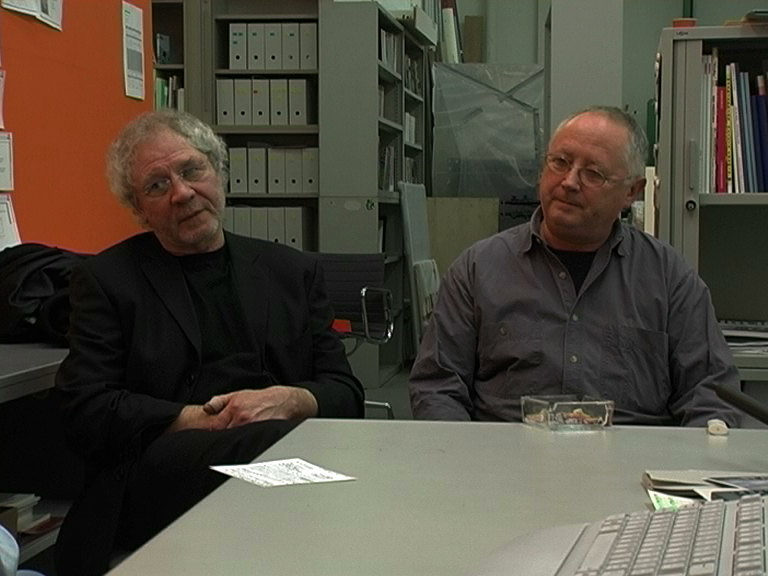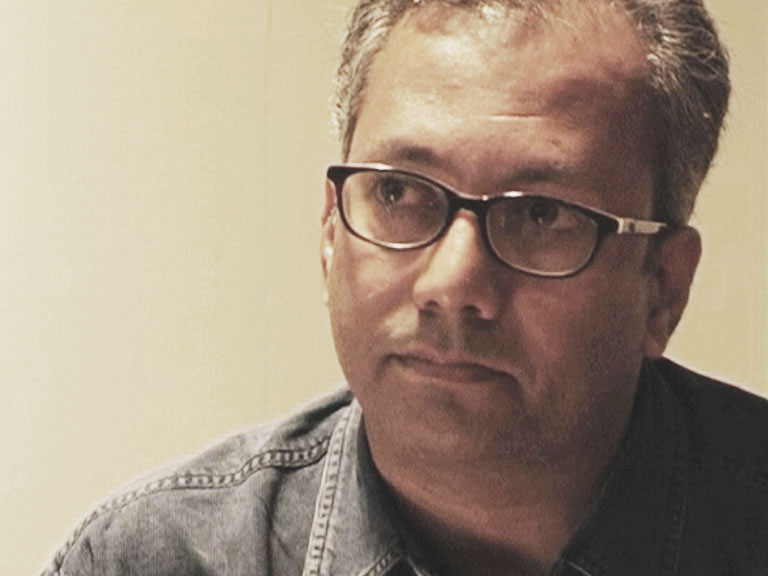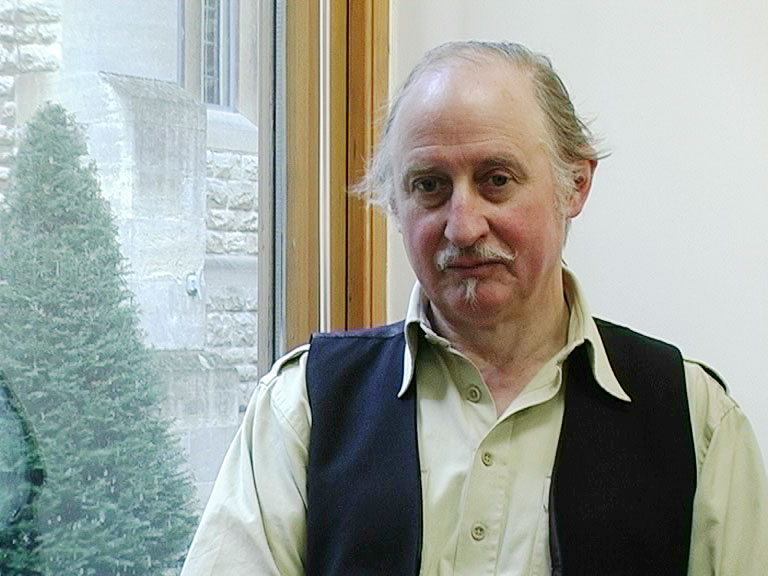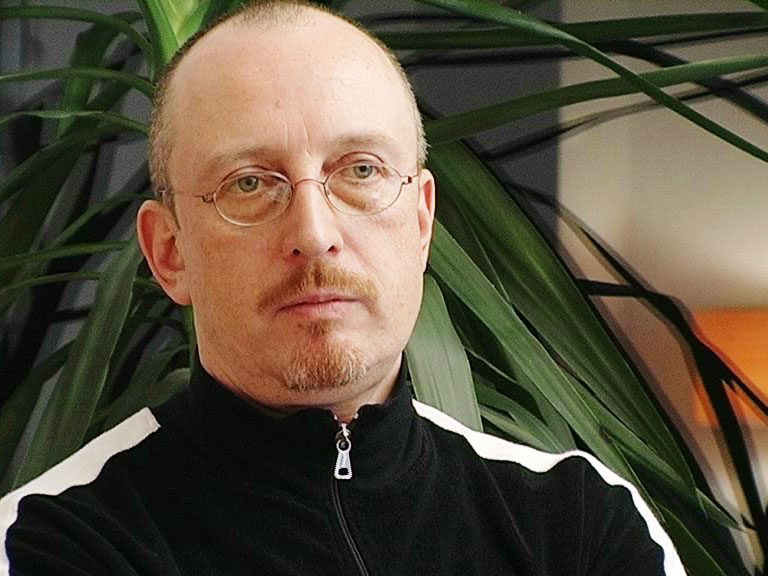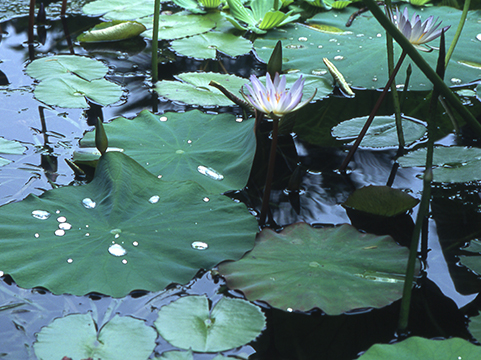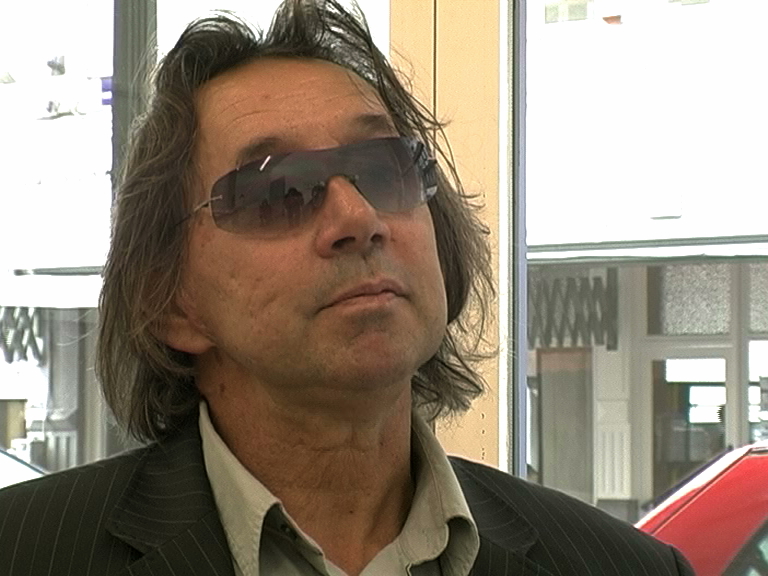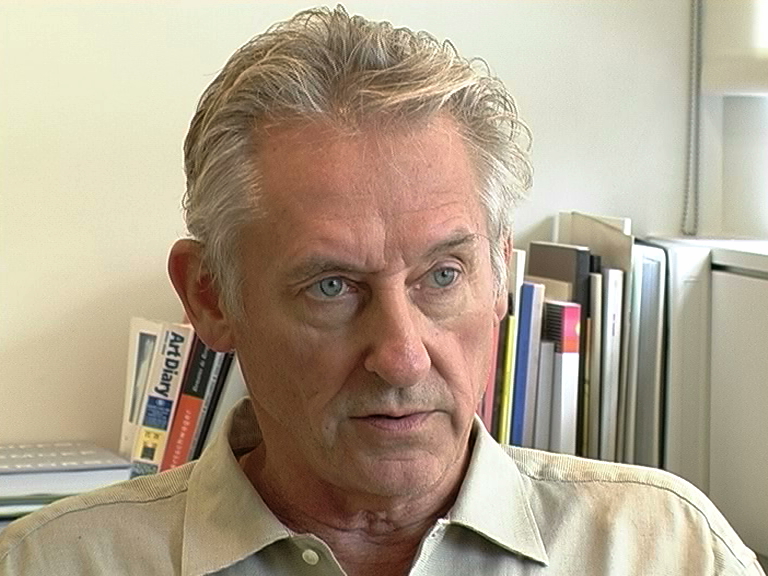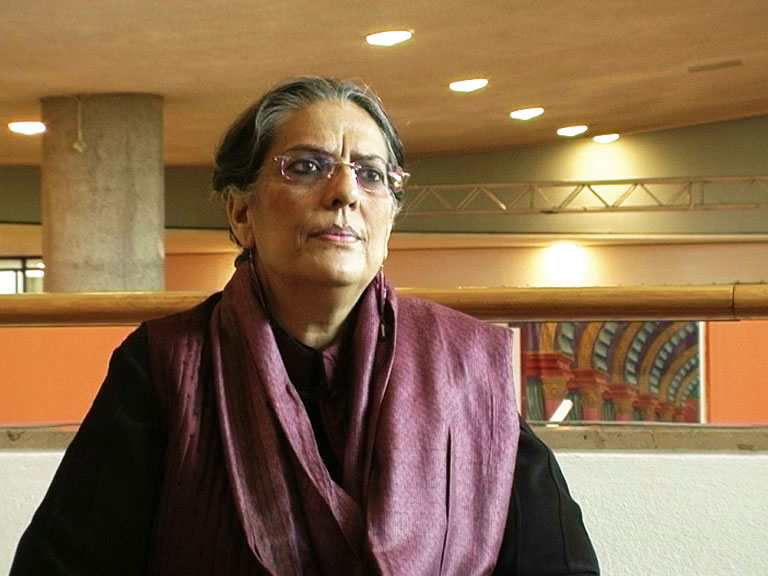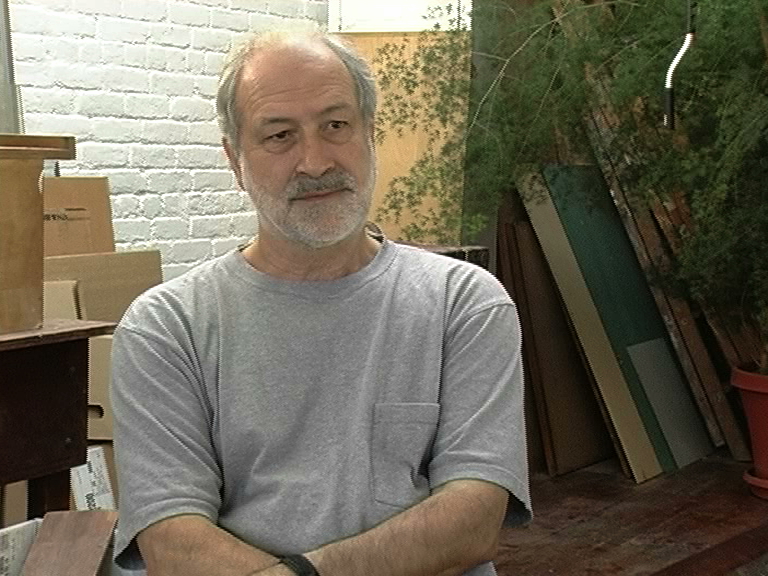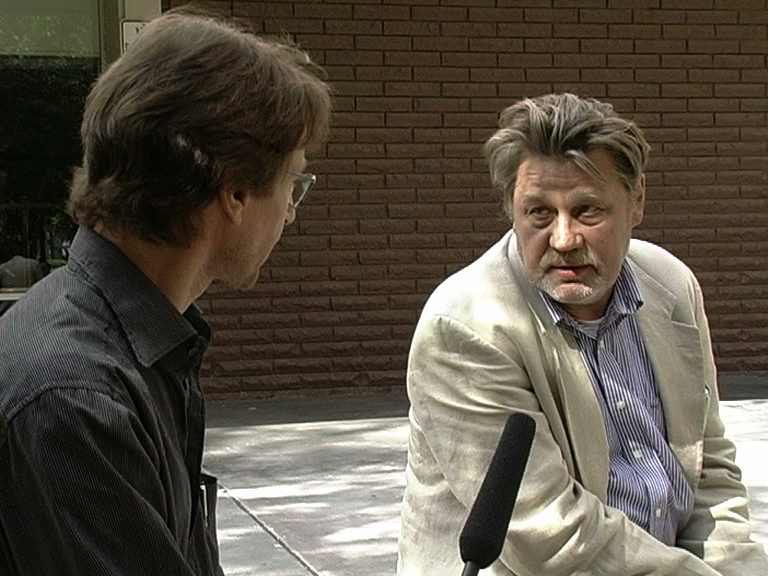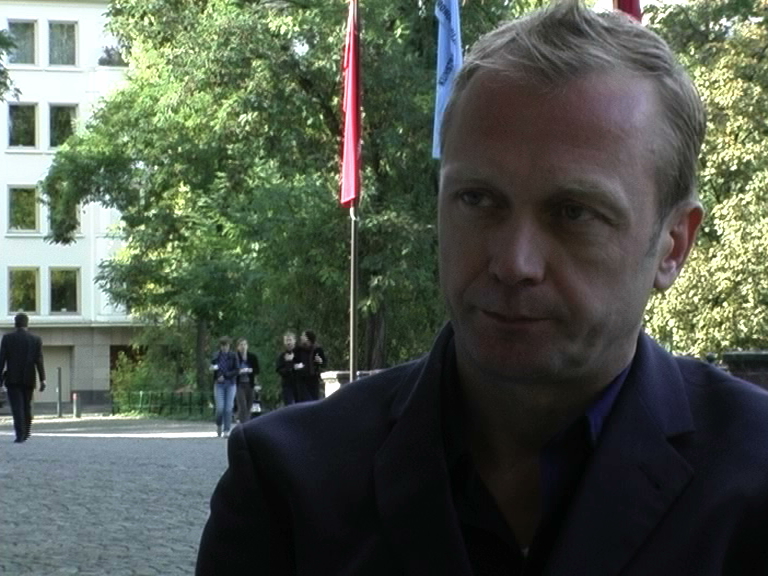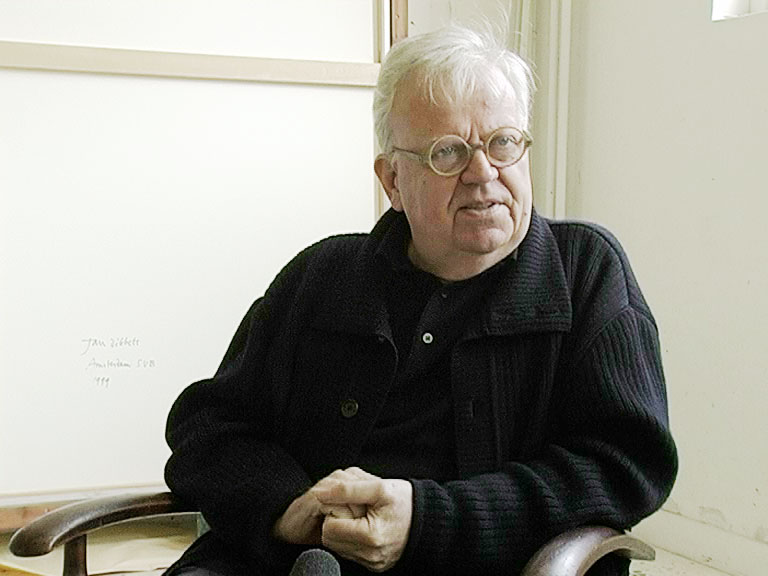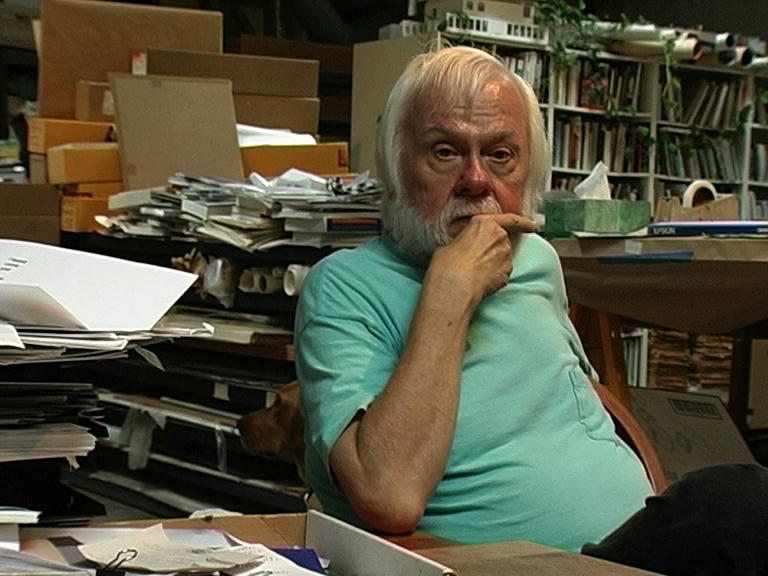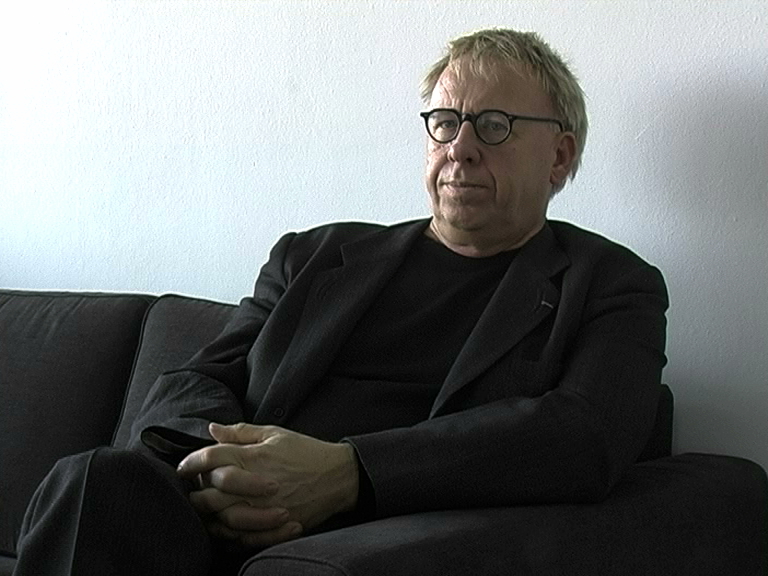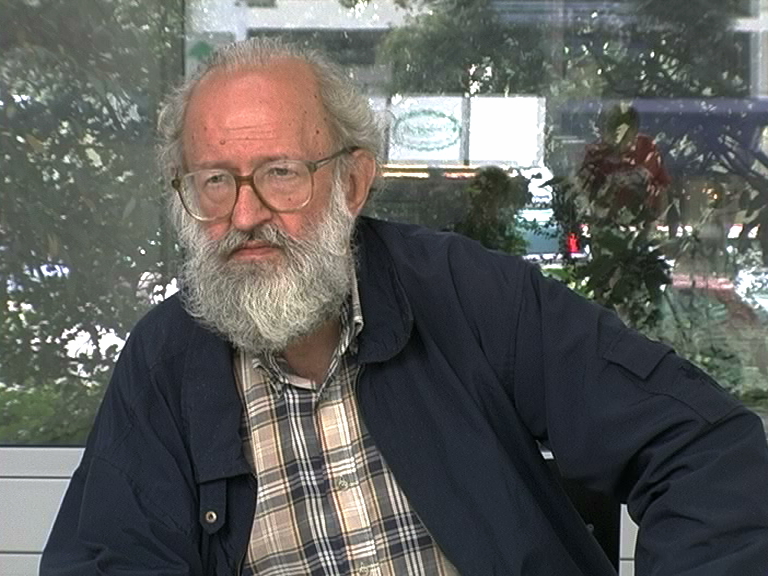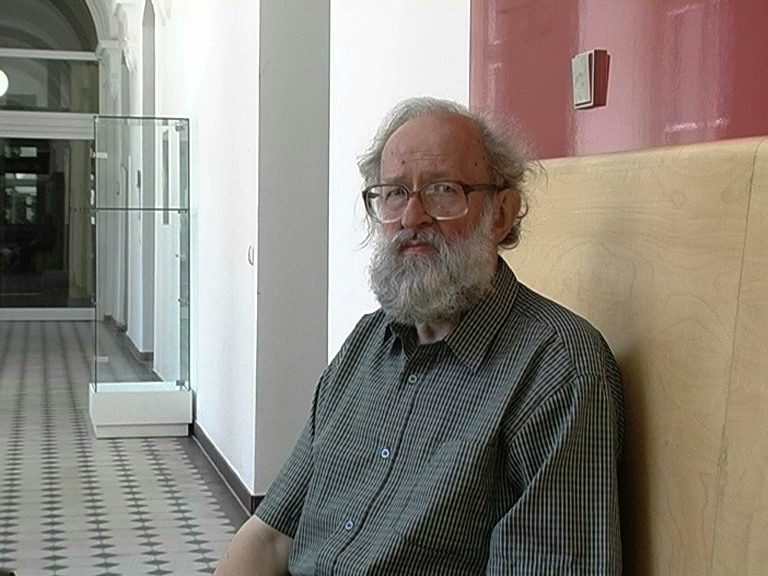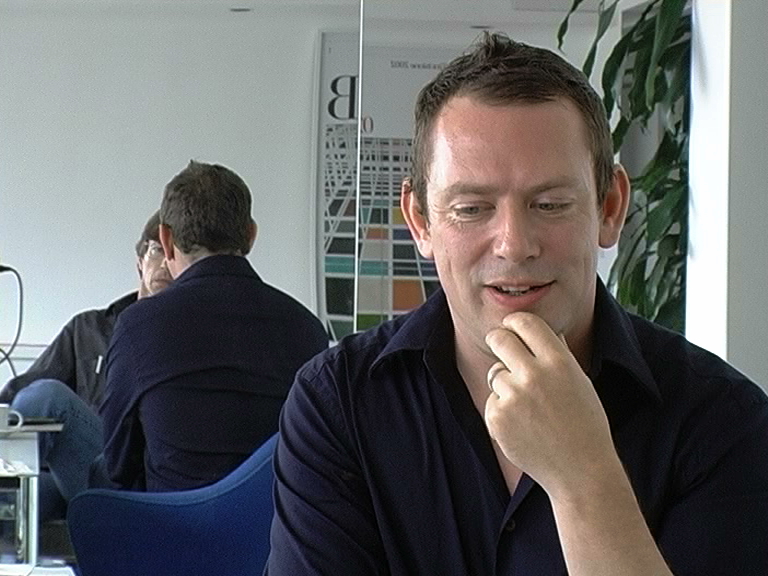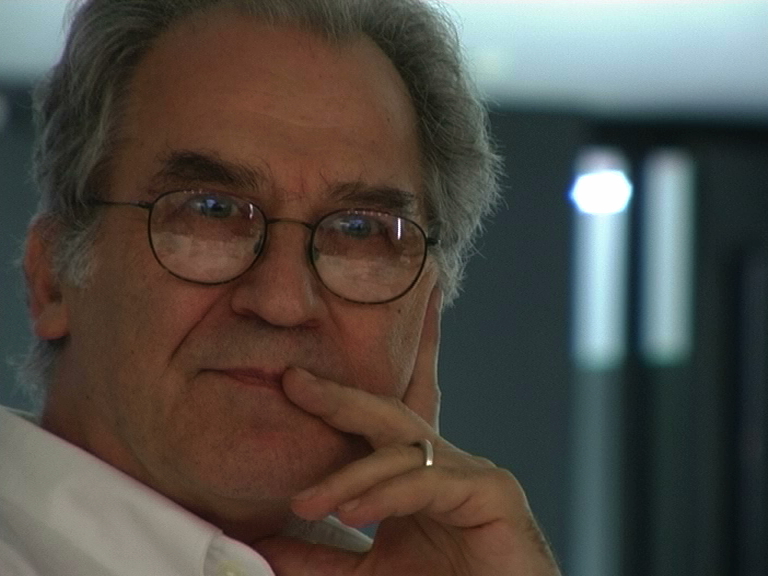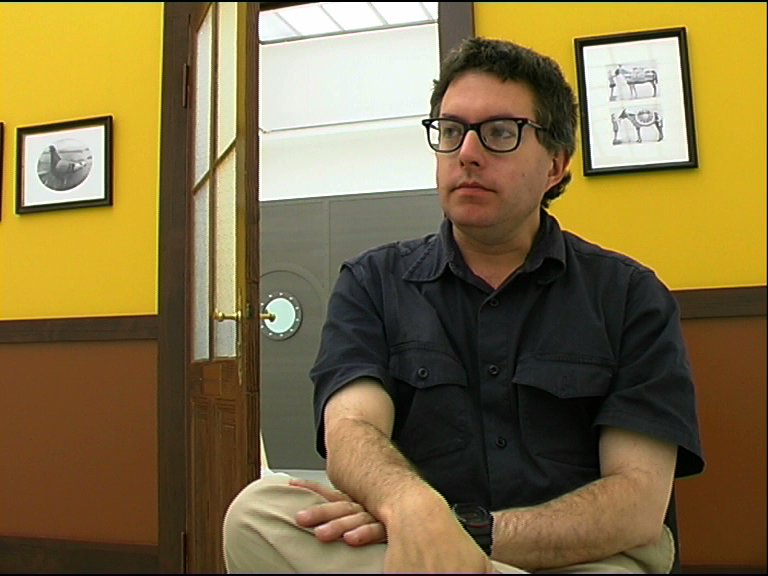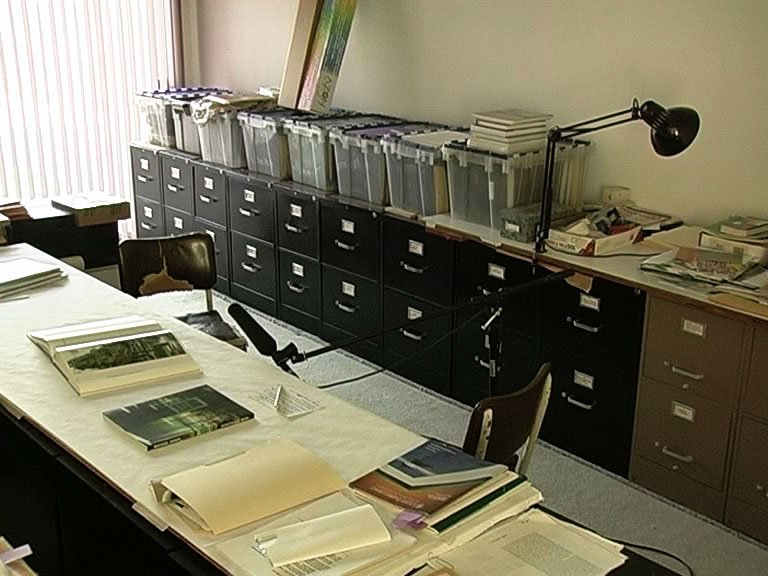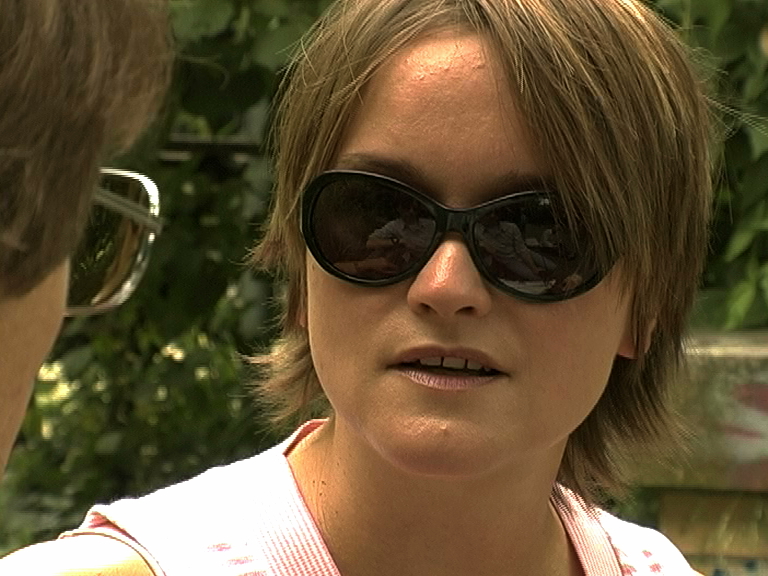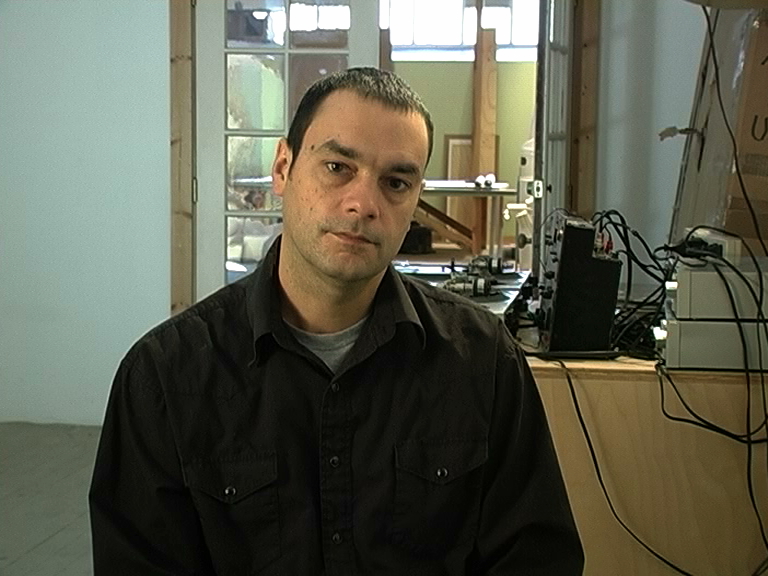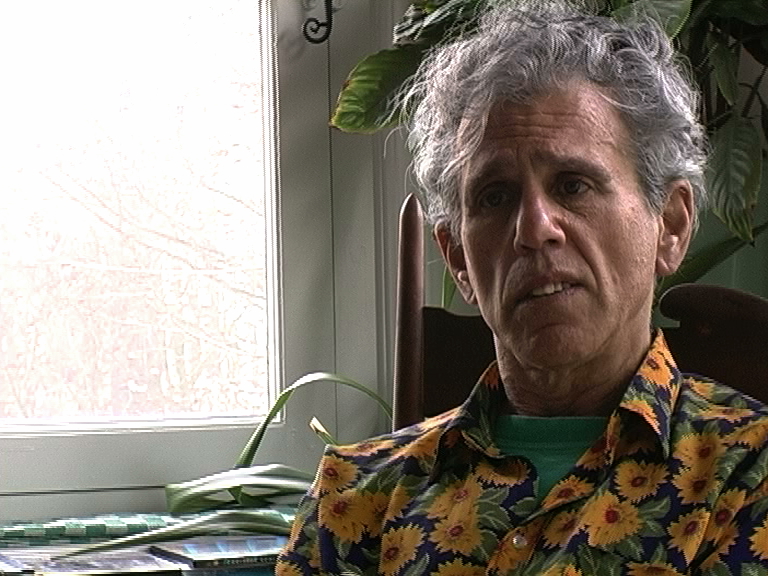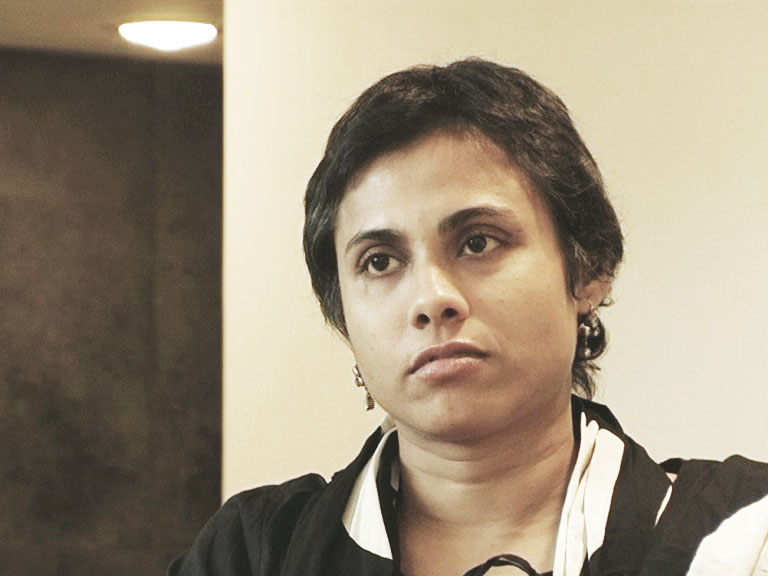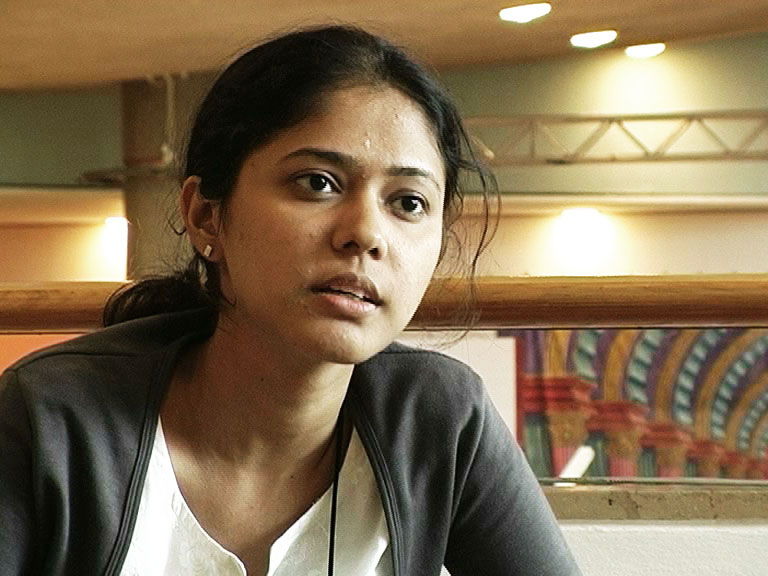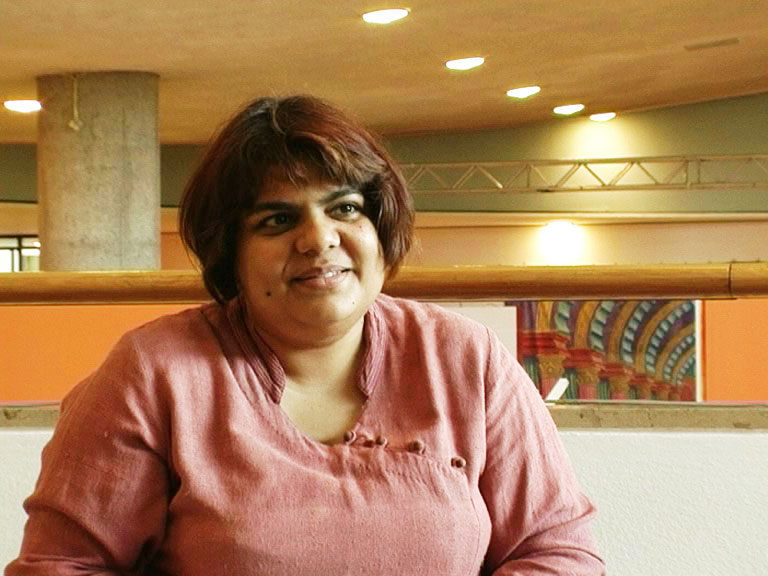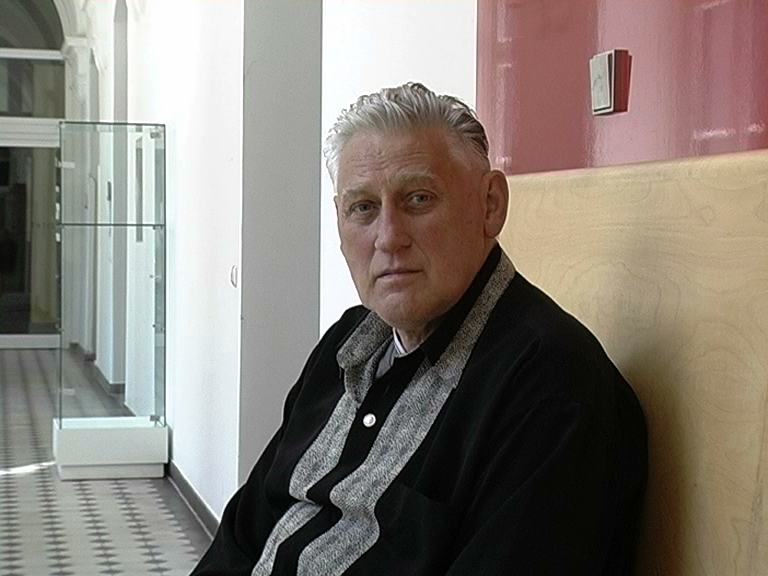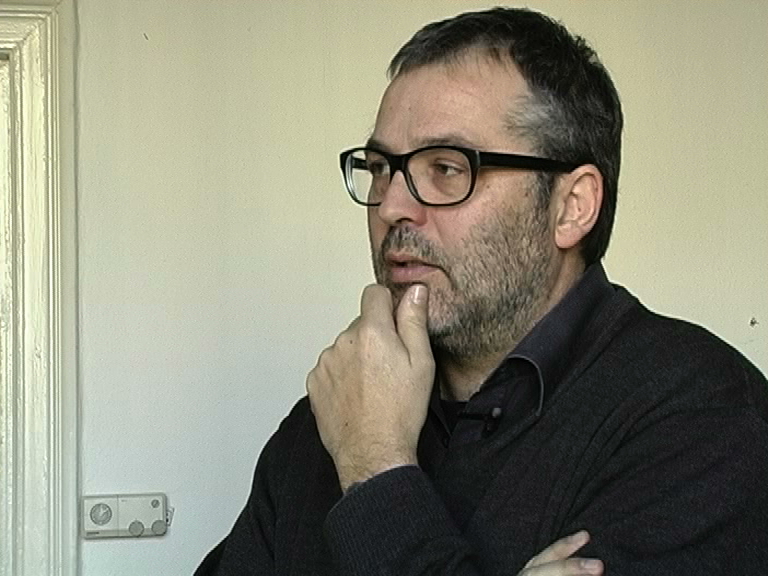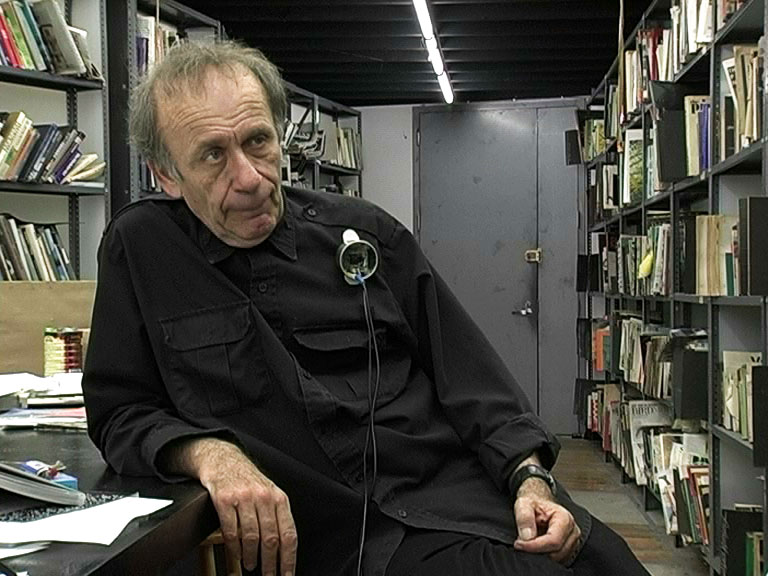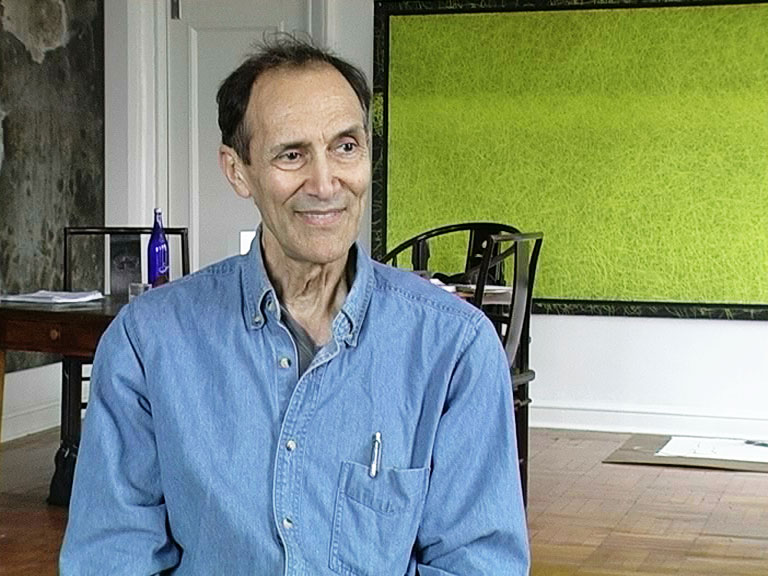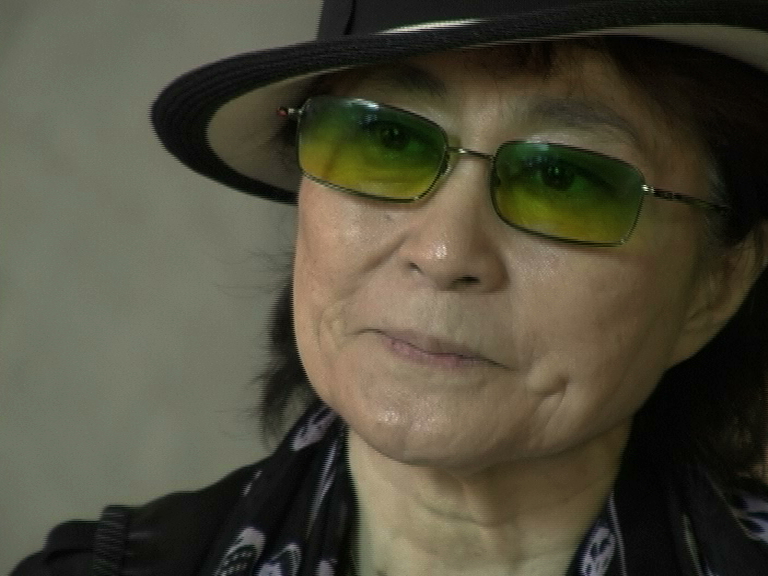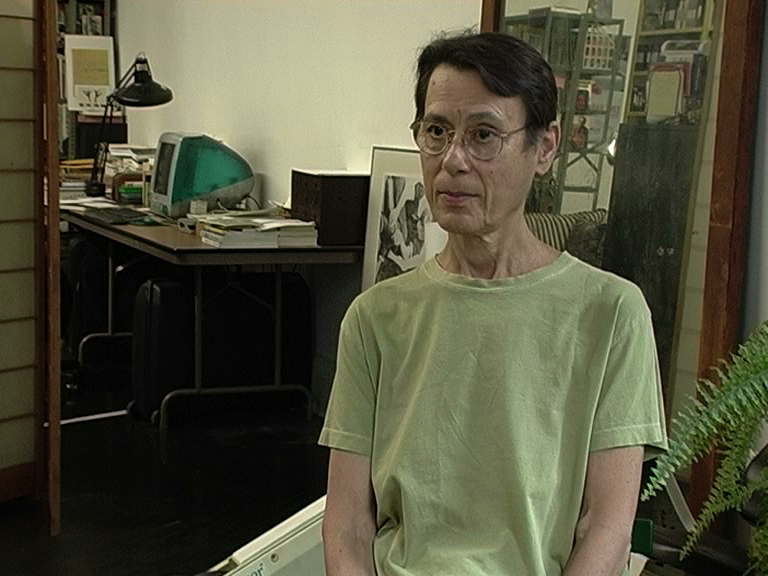S.R.: The first question: What do you consider as your strongest influence?
R.G.: Oh, strongest influence. That’s always a problematic question mostly because there are so many different ones. It’s something that I’ve written about also, but it’s quite difficult to locate it because it’s so dispersed. So I don’t know if I can answer this question. I don’t have any one strongest influence.
S.R.: Maybe we can come back to this. Because the second question is: Which practice in the history of art is your favourite?
R.G.: Which practice is my favorite? I’m very bad with this kind of questions because I’m so… What do you mean by practice? In what way? How do you mean that? I guess it’s because I think of mode of working as kind of growing out of different ways of thinking and the combination of how that precedes. So I don’t really isolate it in a way; it’s more of how I observe the thinking practice through the forms of the work, the whole experience of that, the whole encounter. So on terms of practice, if you want to describe it as what do I have an affinity for, would be forms that are linked to thought of some kind. And so that’s very broad, and so that allows the possibility for fairly eclectic selection. You’ll get something if we keep talking.
S.R.: As I reminded before the camera started, you made some work that was strongly taking reference to e.g. Robert Smithsons work. Maybe you focus a little bit on the question: what threads are coming together in this work for you personally?
R.G.: Okay. That work “Partially Buried“ in three parts – it’s how it ultimately ended – it had a reference to Smithson and to a parcticular time as well as to Theresa Hak Kyung Cha, and in both cases I was very interested in the way that both of these artists thought and how they expressed this in writing and in different other forms of working. And so I think that maybe in my case the idea of affinity, having an affinity for particular ways of encountering the world maybe is appropriate, perhaps. In this work I use these kinds of affinities maybe as trigger or a kind of instigation or it’s something that’s more of a spark that leads to being able to think more about a variety of other intersecting events and perceptions. And so in one aspect it’s related to what’s going on in the contemporary moment, so e.g. 1996 was when I made this work, and at that time there was a lot of media presentation of the 70s, lots of retrievals of the 70s – I guess they had been going on for a couple of years. And these were kind of perplexing as well as entertaining in some cases, but I wanted to probe further – what ways in which the 70s could be perceived, how did I imagine the 70s? And I also in this case, in terms of this idea of influence, I wanted to reference Smithson because I was trying to imagine in the European setting e.g., what might be the most archetypally American figure, and I thought about Smithson in a way because Smithson was engaged with this mythology of America, of the frontier in a way of a vast, open spaces, of dealing in some way with nature but combining that with language. And his work was very Emersonian as it were, as (?) has described it; and I think this kind of transcendental way of perceiving the world and the interconnection between language and nature. And so that was one of the reasons that I chose Smithson. Also because of this return kind of idea, the way that these different sorts of works and the presentations, the different artists were becoming more present again. They were more… like a new monograph appeared in 1996 about Smithson, of his writings, and various other artists too had been working at that time; publications were coming out about their work, their writings. And so that was one of the reasons I was interested in, what was the renewed fascination in this moment; and how could it be interpreted and how could it be contextualized in ways that were different from the way that it had happened at that time and how it was normally thought about within an art context as well; what other threads to bring into it, like the political e.g. So that was some that I was thinking about.
S.R.: Maybe let‘s talk a little bit of the term of influence. Because you wrote this text for Texte zur Kunst about influence, and I think your main theme was Marcel Broodthaers.
R.G.: I was making a reference to Marcel Broodthaers‘ Open Letters, and I wrote it as an open letter. In different of the works that I’ve done I’ve been interested in engaging with another artist. Often they are dead which may make it a little bit easier in a way. It’s been a way of triggering other kinds of thoughts. The idea of influence in a way seems a little bit problematic and I think maybe it’s… I think that the idea of affinity is something that maybe I’m more interested in than influence. And even though… or I’m inspired by different of these artists. What does it mean to be influenced? I like the idea of affinity more than influence because influence seem to imply a kind of following, even though, of course, there are many different influences I mean as I said before but I think that this kind of line… like a patrilineal line or a matriarchal line. In a way it’s a little bit problematic because it’s fitting into a kind of familial sort of a structure which I’ve tried to question as well as to consider as something that’s really difficult to break out of because there are many things that you inherit; trying to recognize those and trying to also go beyond them in some way or to re-arrange them in relationship to the present is one of the things that is crucial for me… Shall I say more about that, before the wind is coming back?
S.R.: We can come back to this later.
Maybe let’s continue with the next question, that’s a heavy question: What is your aim with your pracice?
R.G.: I would describe it as something kind of heuristic in the sense that it’s meant to generate various forms of thought as well as to engange perception and to reflect upon experience – from the kinds that we encounter every day to other things that have maybe more of a historical background. It’s something that I like to think of being informed by the past, by a combination of different influences from the past but something that’s particularly alive in the present. That’s pretty general but that’s how I would describe what I’m doing.
S.R.: Do you think that the conceptual paradigms are still in function? or is it worth (?) to renew a conceptual approach in art?
R.G.: (…) The notion of a conceptual paradigm was always a problematic one, and it’s one that was refused by different of the people that have been labelled as Conceptual. But in terms of being able to speak historically about it, usually the terms are described as the historical Conceptual art. And it’s just a way of being able to describe a number of different kinds of practices that might not want to be considered together, perhaps. But that you can identify, especially in retrospect, of a particular time and of particular ways of approaching encounters with the world and their experience then. And I think that there is a strain that continues; but of course, with time things have been transmuted, and there have been different possibilities, also, for thinking about these things because I think that for going to consider how art is always in form of dialogue with what has happened before or whether it’s, (??) since the 60s with the contemporary media and with a broader entertainment industry. So, these things are factors of what people respond to, whether they are antagonistic or whether they are embracing. Or whatever they are doing and so I think that the response to what was imagined by some as a very dry kind of approach, focussing on typewriter text or printed text or things that you had to read really became something or something you couldn’t sell easily or couldn’t make very much money from I mean within a capitalistic structure wasn’t going to really apply very easily. But the thing is that what’s interesting about it is that I think more radical aspect of it, of artists being able to think and also the possibility of other people being able to think as well is something that… it may be a faint glimmer of that idea but I think there is still some kind of a strain that wants to continue, that is still trying to come through from all of that. Maybe the forms have changed, and in some cases there is a maybe a superficial engagement with some of the previous forms even, but I think that there is still a desire amongst some people to be able to engage with some form of thought, some form of meaning, some way of altering what can be perceived in a critical fashion. It’s not as if it’s an obvious thing necessarily, it can take many different forms as it did then. Many of the people are still alive, anyway, who were involved with that, and their practices have filtered into all kinds of publications, books, courses, educational forms and things like that as well as curatorial forms in a very strong way, in terms of curatorial forms.
S.R.: If we have a look at the contemporary art. There are nearly – contemptorary, I mean not the older generations of contemporary art, but the younger one – if there is something like that, there is very little art that cannot directly be related to developments coming out of the Conceptualists. But very little of these people are taking very conscious reference to Conceptual art. There were a lot of practices in the 90s of younger Middle-European artists who thought that they invent something like a totally new thing, and it was a little bit disturbing or a little bit boring that you always thought as an informed artist that you saw that and you said to yourself: maybe he is trying to imitate something that Robert Barry was doing in the beginning of the 70s or Lawrence Weiner was doing… And then you asked them, and then: Oh do you think so? And then you said: No, I don’t think so, but I can show you the work in the catalogue or something like that.
R.G.: Exactly. That’s partly why it’s very important to have some sort of understanding or engagement in some way with the past, with what’s been done. I think it’s important to be aware of these things and have already happened, so as to be able to imagine re-combinations that relate to another time but with an informed perspective, not to imagine that anything is being invented. Most things are just being shuffled around a bit or moved around and changed, and the changes that are perceived as being new, have more to do with the fact that it’s another time, it’s not that anything is really new. It’s always going to be different because it’s a different person or a different place or what ever; there are many, many repititions that’s a thing. But I think one of the questions to ask could be: what seems to mean anything at all at a particular time? Where can any form of meaning be found? That’s one of the questions that I ask, a lot and so in terms of what I think, I mean when you ask me about what is my aim – I would say: to be able to ask that question and to attempt to answer it at different times, at least for myself. What means something? What could mean something beyond the usual things that were fed; all the things that circulate around in the media and the things that were being… trying to be convinced to buy or to consume. That’s a main question for me, and I think that in a way that’s one of the ones that was, in various ways was… it could lie underneath many of the attempts of various artists who would be described historically as Conceptual artists; trying to locate that at a particular moment when things seemed to be very much in flux, when the idea of what anything could mean seemed to be completely up for grabs, during the moment of various cultural shifts in addition to Vietnam War and the ways in which so many technological changes as well as moral changes and things like that, the independence struggles, all kinds of different things were taking place in the world; and trying to locate how it’s possible to think or imagine how to live and how to find meaning in that seemed to relate to many different kinds of practices.
S.R.: So maybe Kosuth was right.
R.G.: In what sense?
S.R.: The artist is responsible for the production of meaning.
R.G.: That may be but I think that they were all responsible for that, and artists in particular as a chosen area of focus that deals with representation/forms of representation are kind of the bearers – among others, writers, other people who are attempting to represent something – are part of that. But I think that maybe one of the things that has changed is a broader view of who can represent what, and what kinds of forms this can take, and that particular western approaches are inadequate. And that there is a broader pool of people in the world – I mean they always were – but I think that at this particular time it’s more possible/it could be more possible to listen to them.
S.R.: Well, I have only one more question. This is more about your working situation. How do you describe your typical and you ideal daily work as an artist?
R.G.: It’s incorporating a lot of different things; it’s the daily-living aspect. How would I describe it? Complicated! In a way attempting to balance a lot of different things from every day situations for trying to exist, pay the bills, deal with various forms of bureaucracy and administration in the administered world as well as try to enjoy different aspects of living. And that’s one of the main things I try to focus on in terms of thinking about work and how to incorporate the pleasure into the work and as well as beeing reflecting on the conditions that we live in in the world, and thinking about the relations between the different places and the different people and the different kinds of contradictory conditions and imbalances and disparaties – all these different things. The course of a day is usually covering a combination of things, from trying to get to the point of having the time to reflect as well as in doing the actual work, making the preparations and teaching and reading and writing – all these different things.
S.R.: And what is your ideal?
R.G.: My ideal?
S.R.: When you say: I want to do for one week, I only want to do what I like mostly.‘
R.G.: Only what I want? What I really like would be to have time to think quietly, to sit in the garden, to swim, to read, to film, to compose – ideally I would like to focus on these things. And that’s what I do pretty much, I try to divide it up in the 24 hours of the day.






